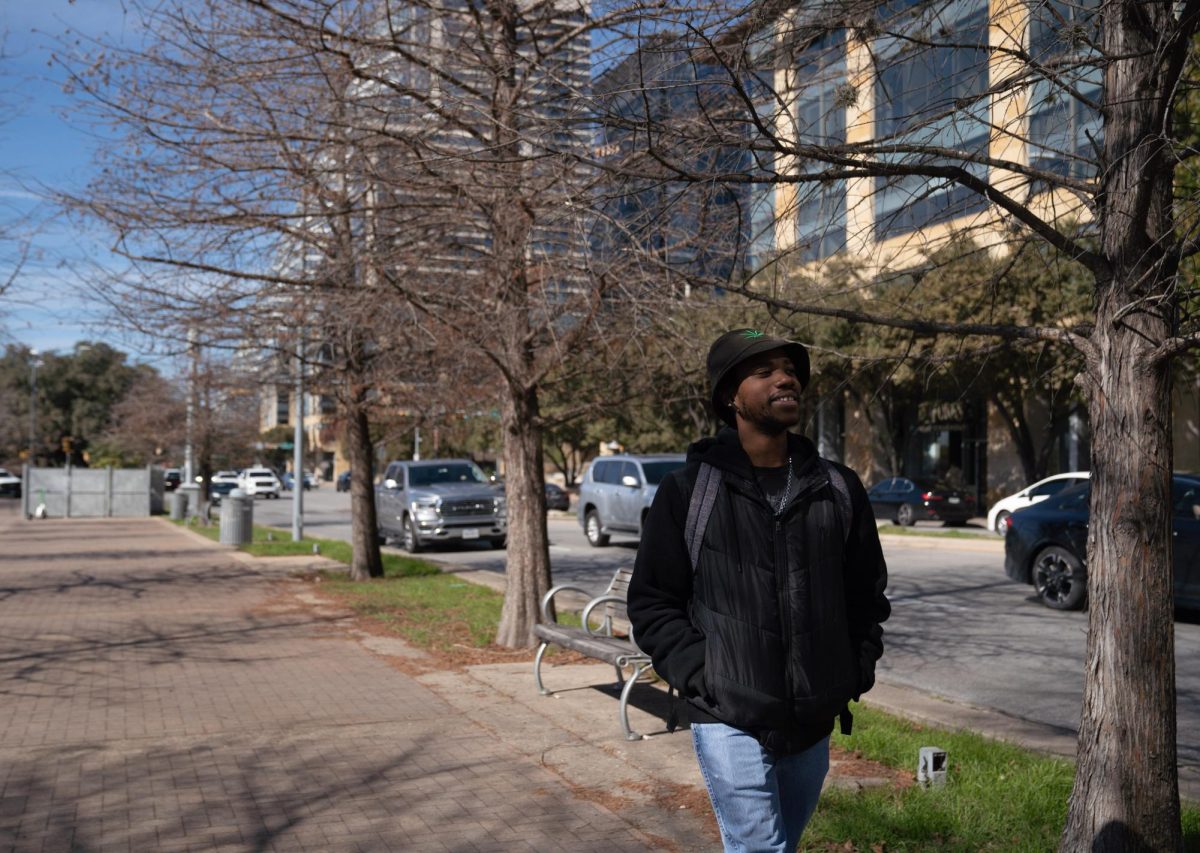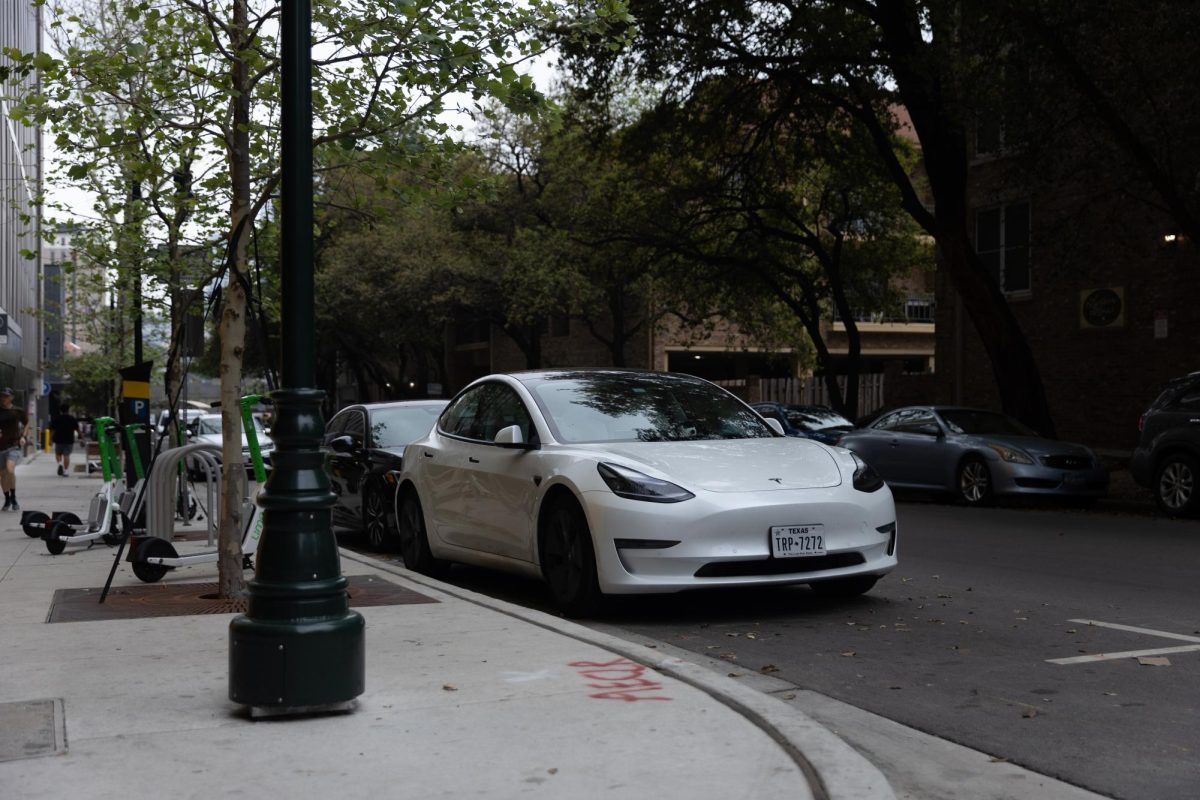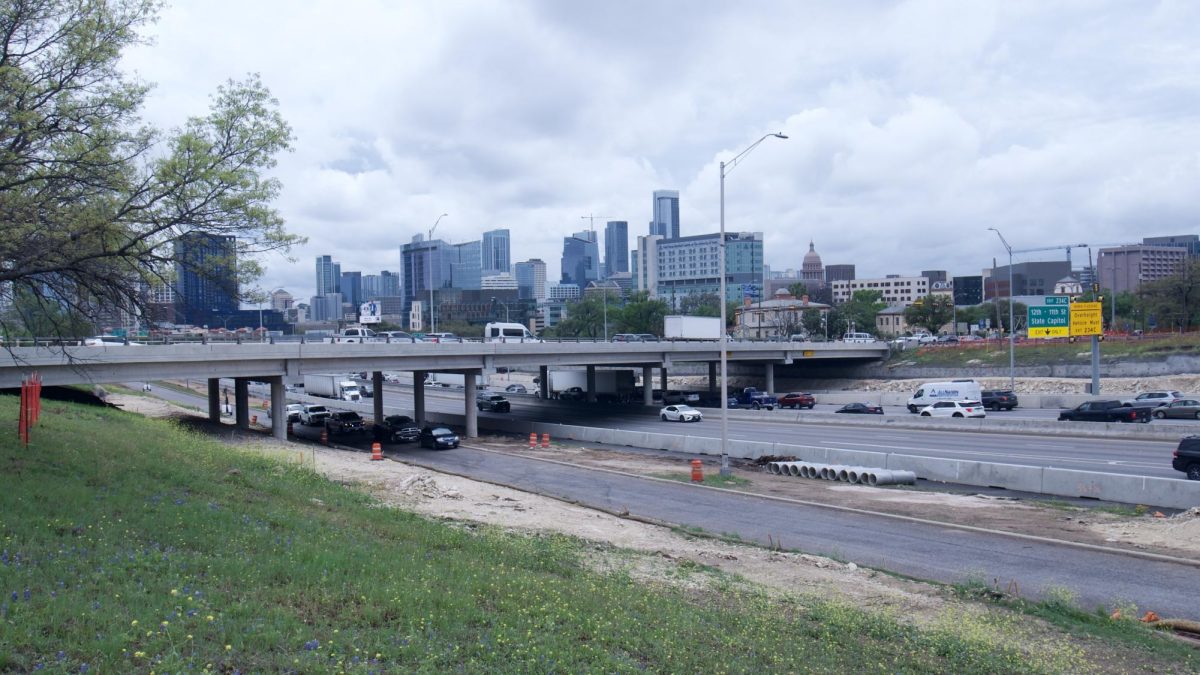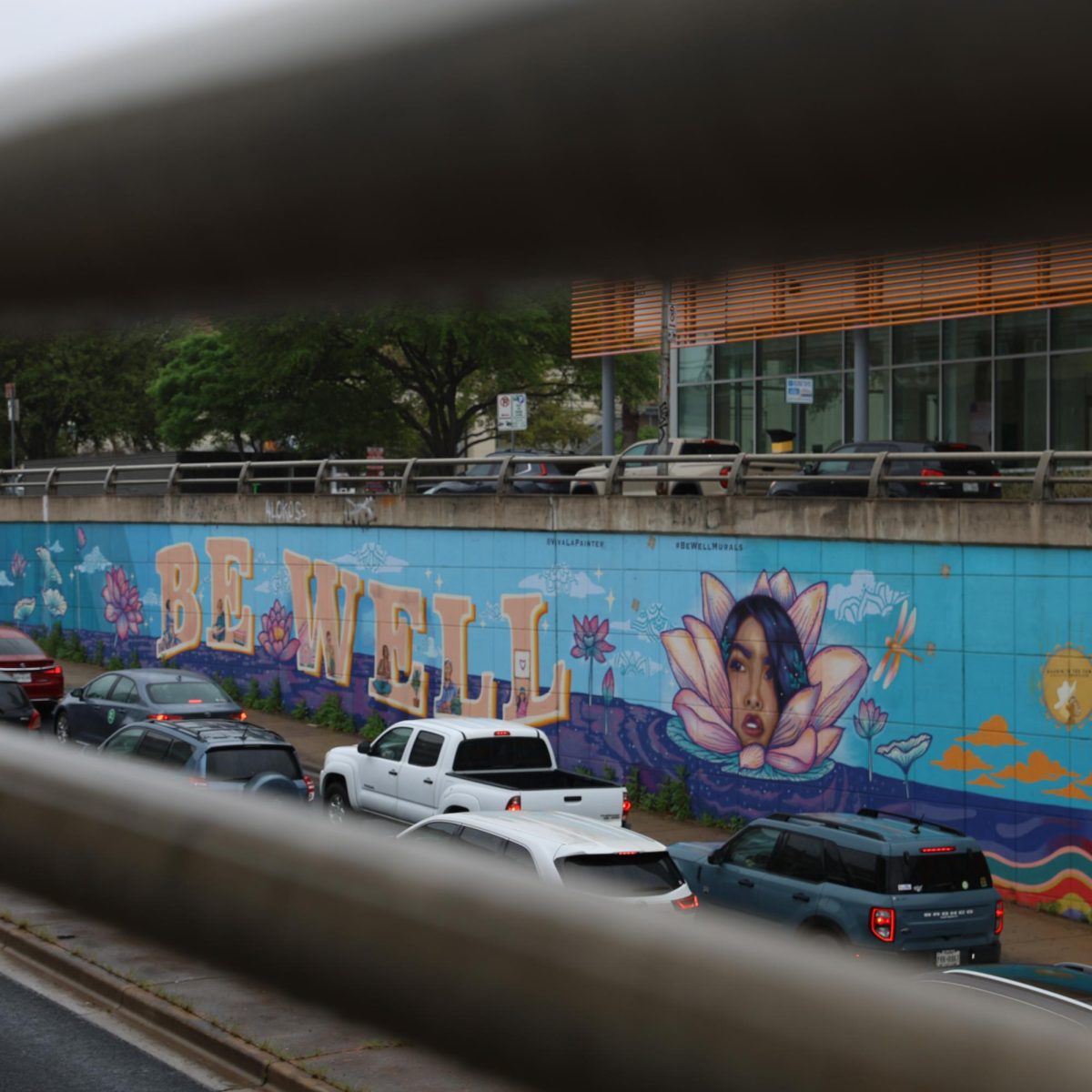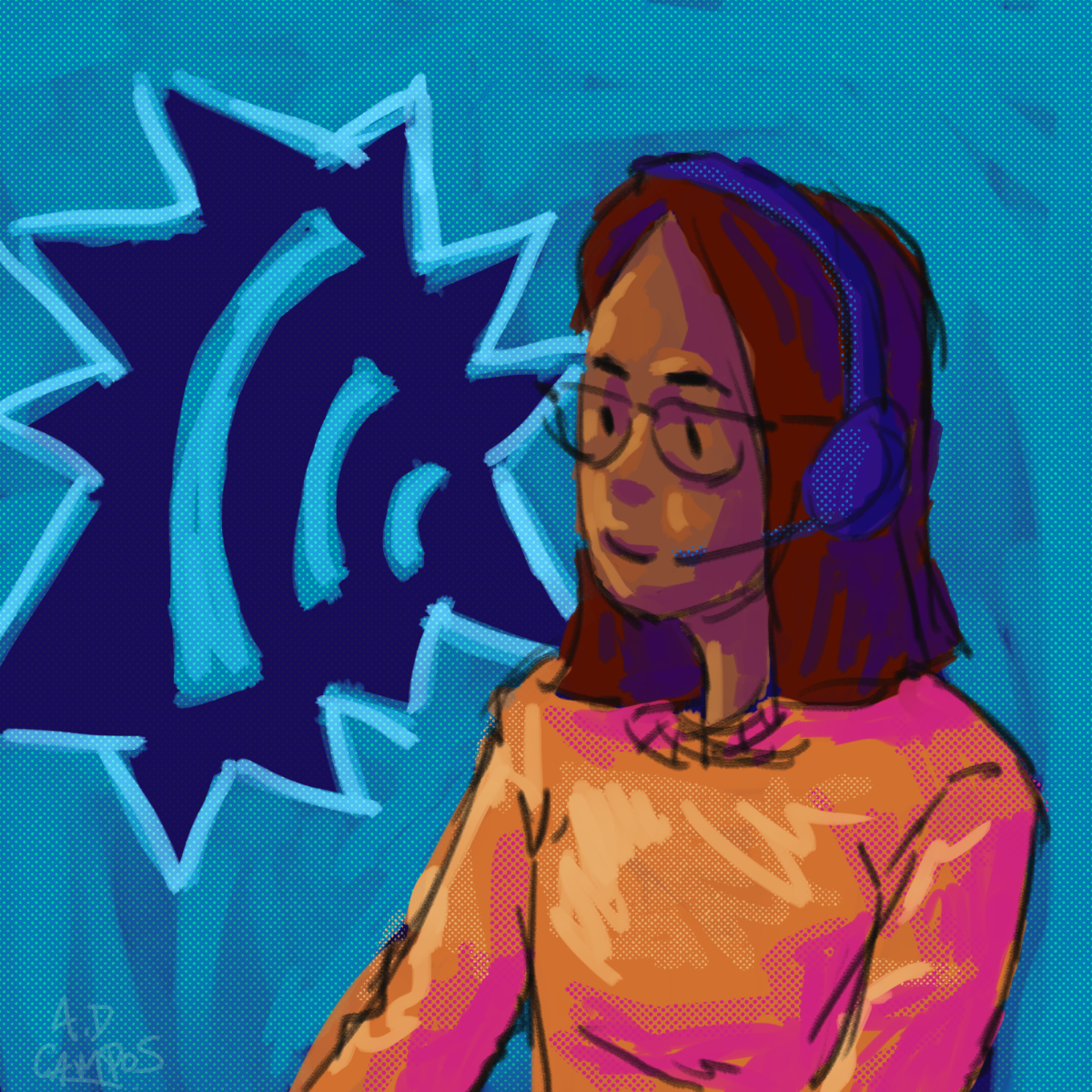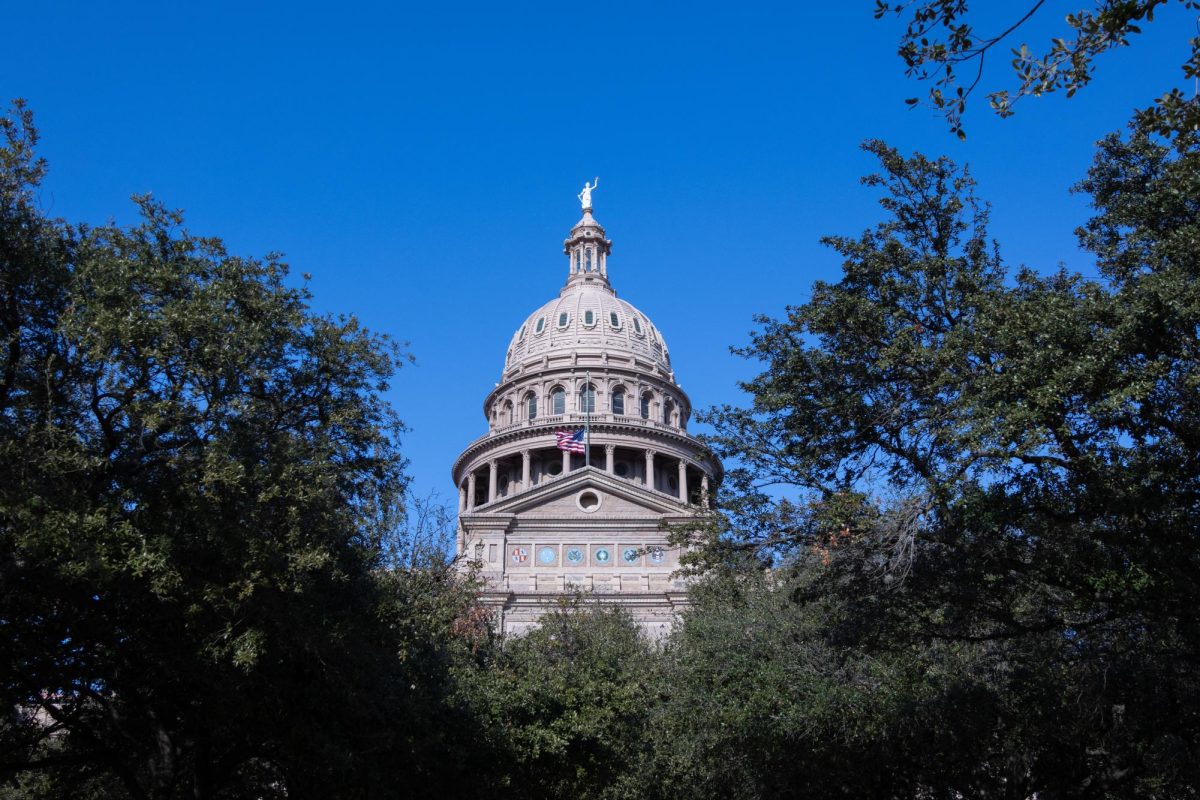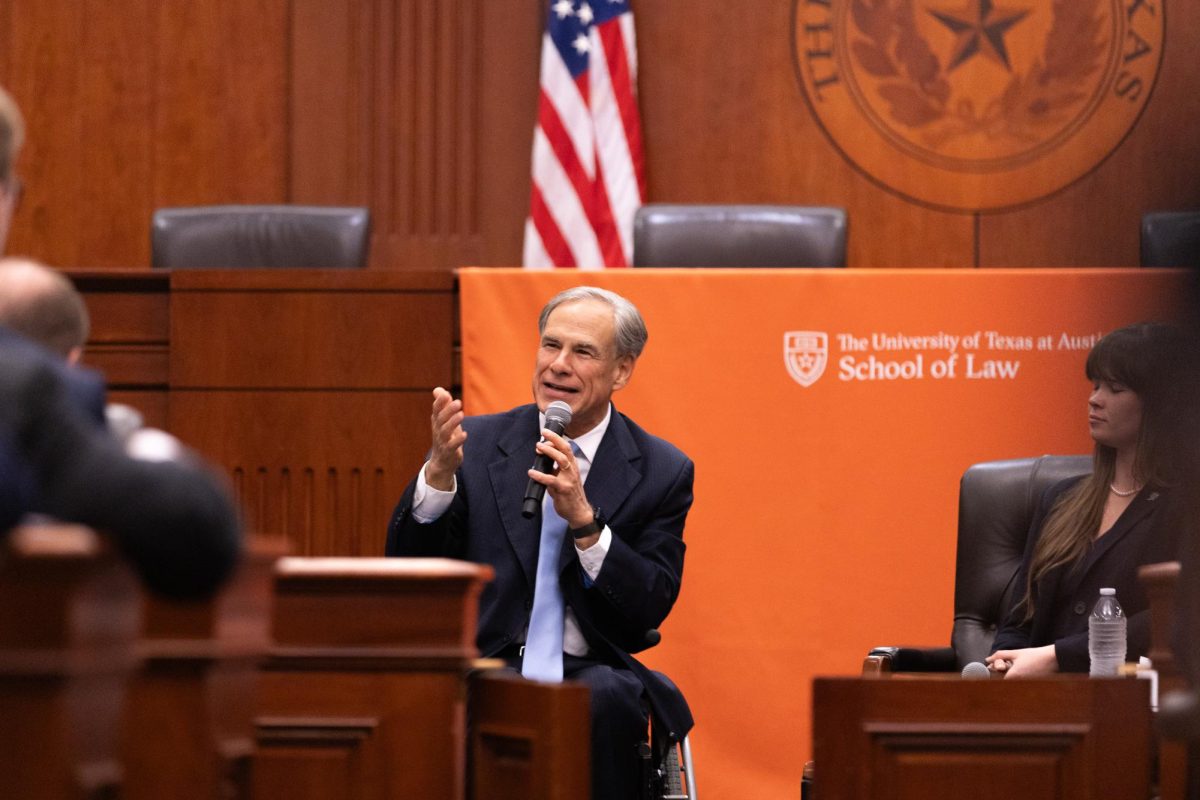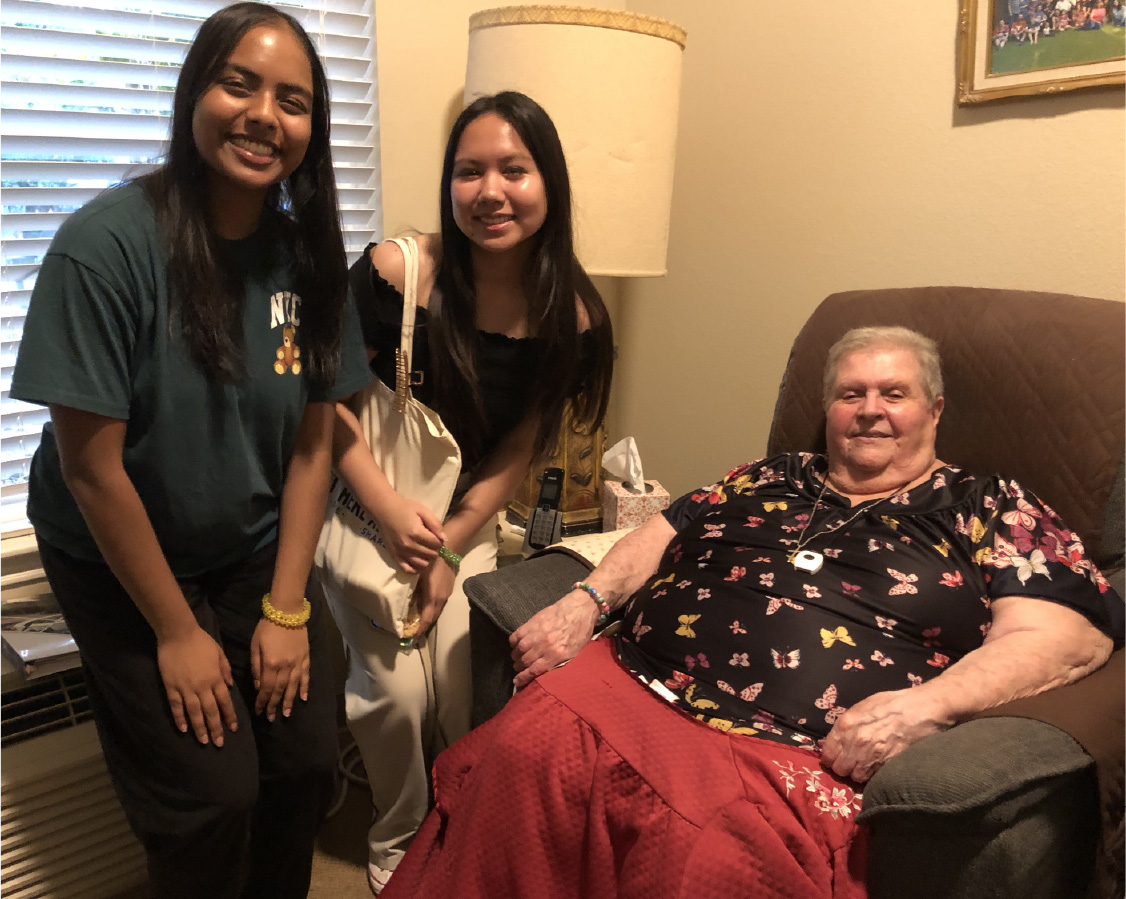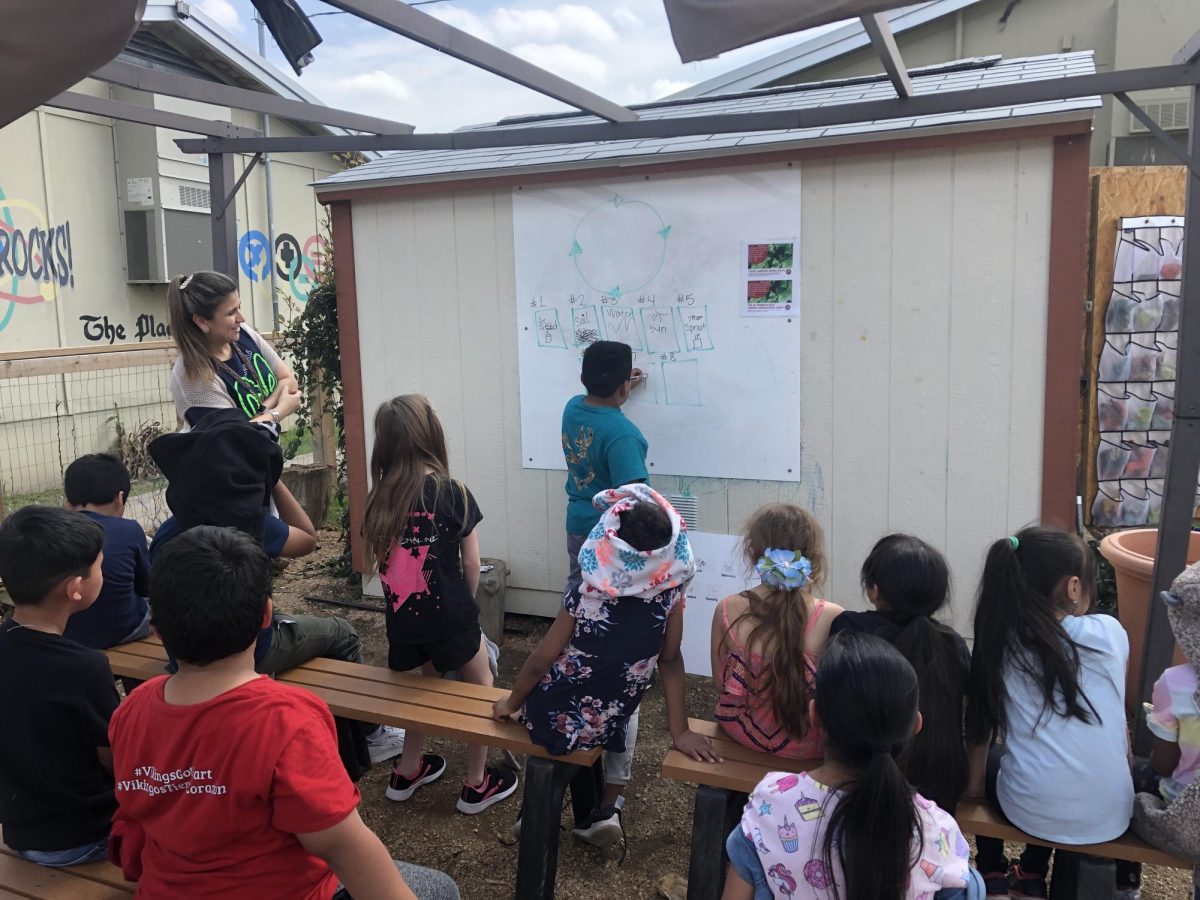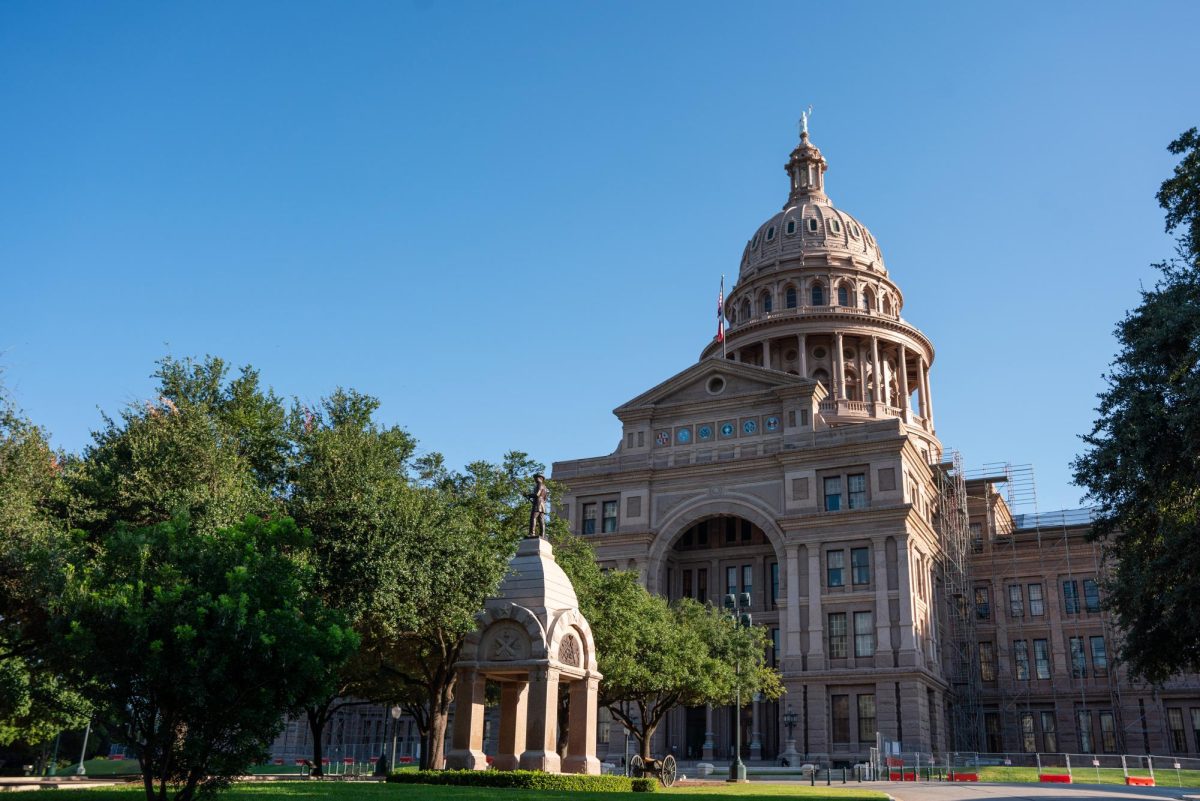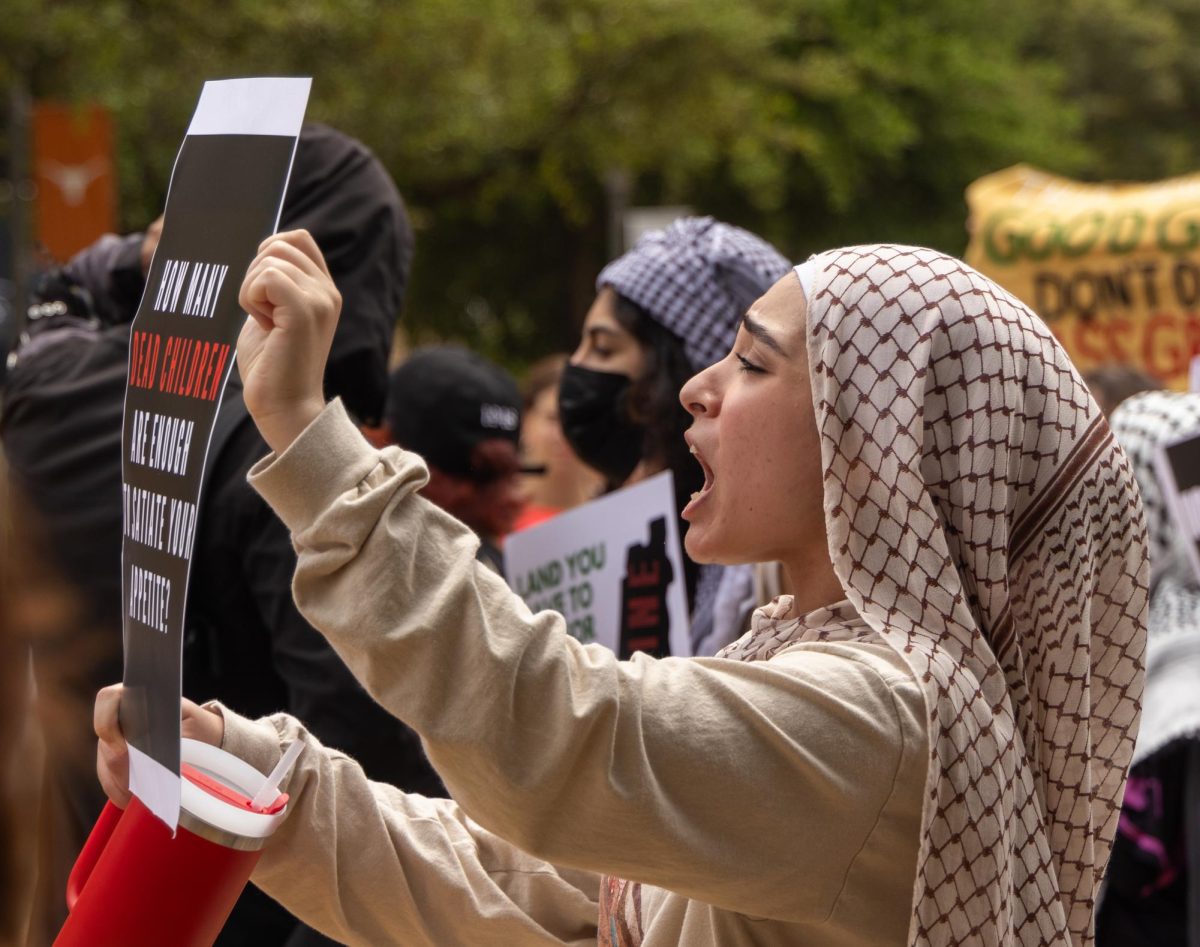Project designers discussed how the Great Streets Master Plan — intended to transform downtown Austin with “streets for people” — continues to progress 25 years after its adoption.
Originating from Austin’s “Urban Design Guidelines,” first adopted in 2000, the city chose architectural firms Black and Vernooy along with Kinney Associates to develop a master plan for redesigning Austin’s downtown streets. Sinclair Black, architect and professor emeritus in UT’s School of Architecture, was the project principal for the master plan.
The program’s main goal was to improve an urban environment that favored car traffic, and is “not very friendly” to pedestrians, Black said.
“Streets are the main thing that we share as a community,” Black said. “It’s not just a way to drive around, it touches everybody.”
Some of the top priorities identified in the plan included expanding sidewalks to 18 feet wide, converting streets to support two-way traffic and improving streetscape elements such as lighting, crosswalks and benches.
Currently, elements from the plan are installed on 231 out of 306 downtown blocks identified in the master plan, according to the Austin Urban Design team.
Black said increasing access to jobs, schools and other community spaces downtown was a primary goal of the original plan, but the terms “mobility” and “access” could often be confused. He said “mobility” implies automobile travel through long distances, which differed from “access,” which could be other forms of transportation.
“I don’t think mobility in downtown Austin is an issue,” Black said. “Access is an issue. … Most of the activities that take place in an urban area have to do with access.”
The success of Great Streets in addressing issues of mobility can be seen through the program boundaries. Martin Luther King Jr. Boulevard, serving as the northernmost boundary, distributes traffic from Interstate 35. It also connects East Austin to Central Austin to form the southern edge of the University.
The city created a separate plan, titled “Guadalupe Street Streetscape Improvements,” to address issues in multi-modal transportation, such as with pedestrians, bicyclists and vehicular drivers, between 21st and 24th streets.
The Great Streets program’s values could ideally be applied to all streets in Austin — some of the streets needing the most improvement were outside of the master plan territory, Black said.
The program fits into a larger framework of urban development projects increasingly shaping Austin’s future, said Jill Amezcua, the Great Streets program manager. She said her team is working with the Austin Transit Partnership to coordinate Great Streets with Project Connect, a light rail project set to break ground in 2027.
Amezcua also noted the planning team’s progress on an inventory of all Great Streets elements for the first time in the program’s history. Additions and updates such as street lamps, benches and trees are part of a conditions assessment expected to be completed over the summer.
Amezcua said the team will continue incorporating community perspectives, including those from the Downtown Austin Alliance, a nonprofit advocating for equitable development in downtown Austin.
“As downtown continues to evolve, we remain committed to creating, preserving and enhancing the vibe, vitality and value of our urban core,” a spokesperson from the Downtown Austin Alliance said in an email. “With the changing needs of our growing city, the program must expand and evolve to ensure it continues to serve everyone who lives, works and visits downtown.”

